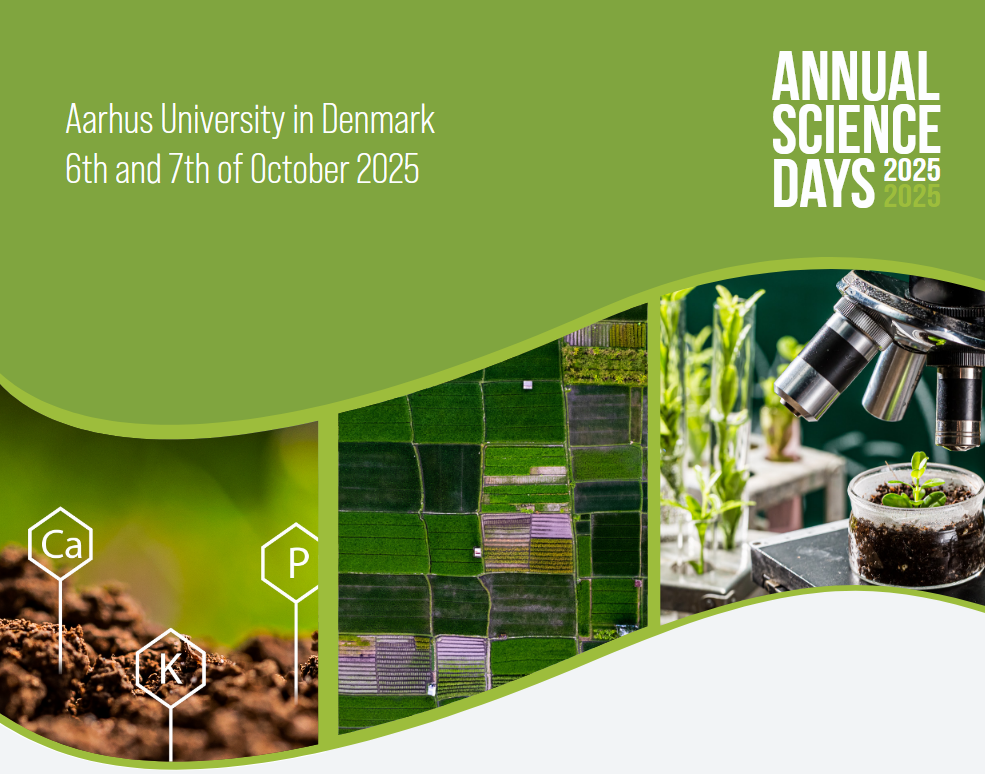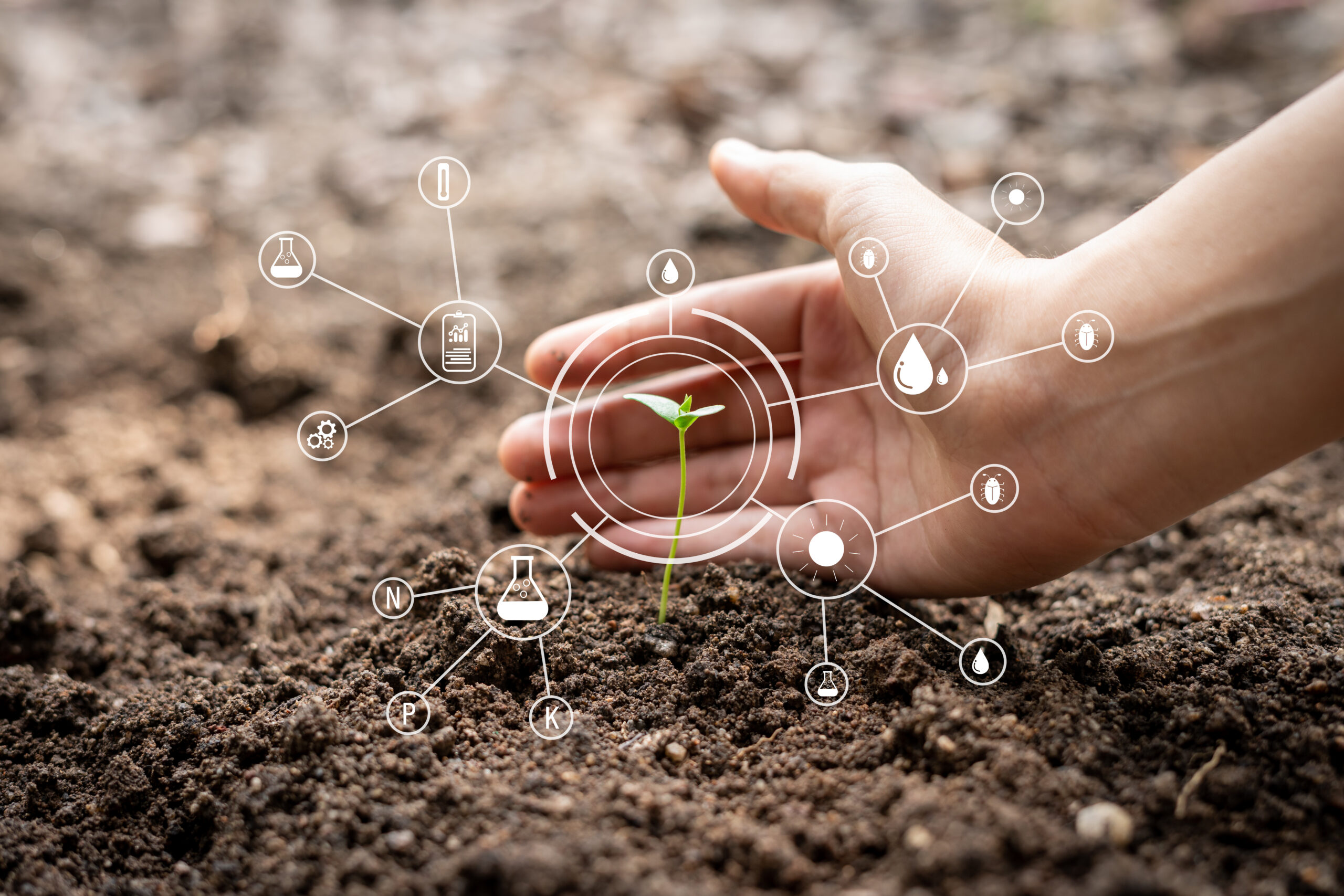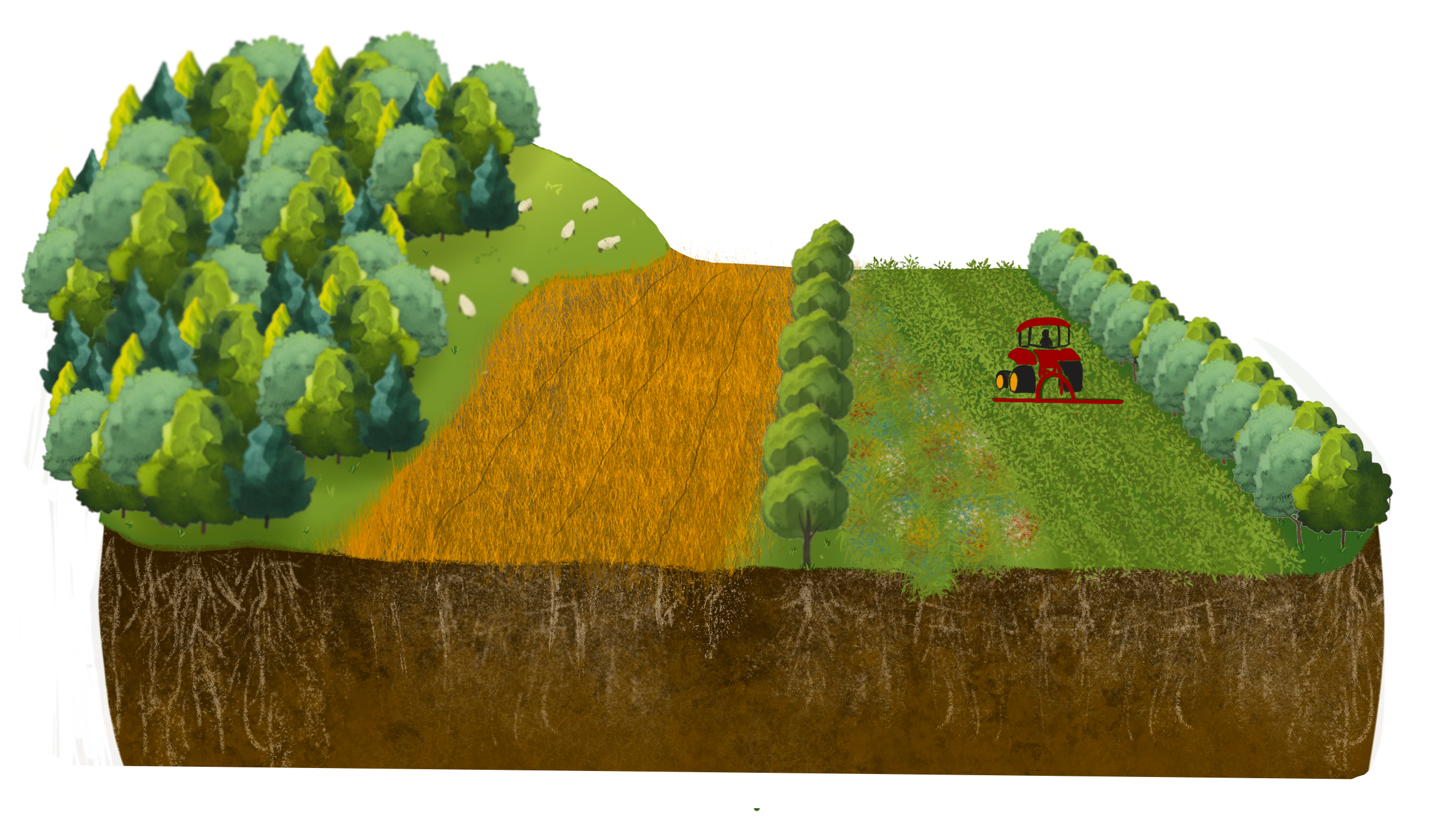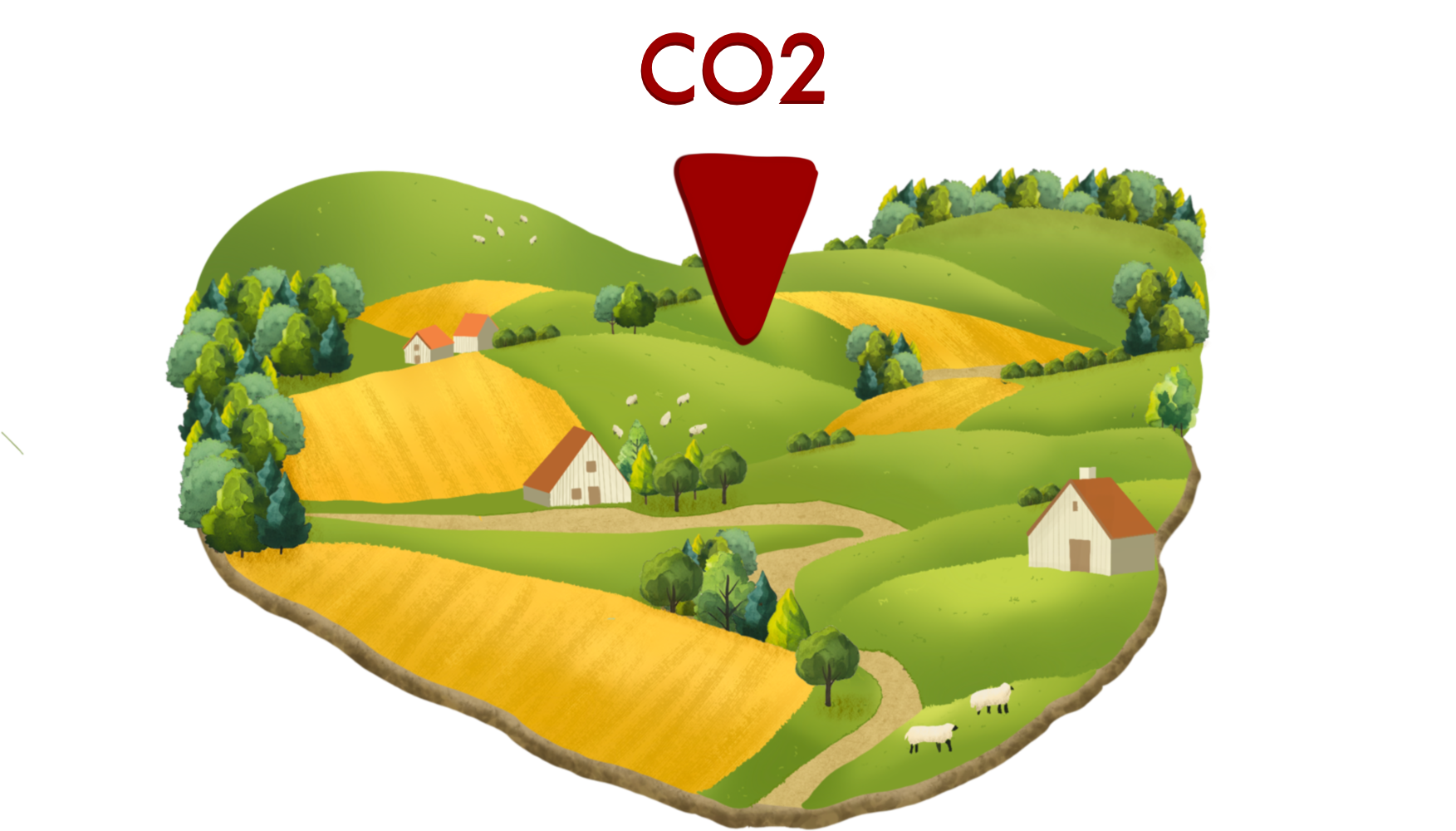Towards
climate-smart
sustainable
management
of agricultural soils

Save the date
Annual Science Days 2025
6th and 7th of October 2025.
The Impact of EJP SOIL
EJP SOIL brought together researchers, practitioners, and policymakers to address pressing soil challenges
By uniting researchers all over Europe the programme tackled critical soil challenges such as biodiversity, organic carbon preservation, and erosion control. Through innovative research and science-policy cooperation, EJP SOIL helped shape policies and change agricultural practices.
EJP SOIL Outputs
From Science to Policy

EJP SOIL understands the need for strong support and strategic activities aimed at a strengthened science-policy interface in the area of agricultural soil management.
A main part of the exploitation of research results includes the provision of evidence-based policy recommendations that support the role of soil management in addressing climate change mitigation and adaptation.
Soil Network Europe
Soil Network Europe is open to agricultural advisors, businesses in the agricultural and soil sectors, government officials, policymakers, farmers, NGOs and researchers. By joining, you become part of a dedicated community committed to innovation and political action for soil health.
Want to be part of the network?
News & Events
No Results Found
The page you requested could not be found. Try refining your search, or use the navigation above to locate the post.






